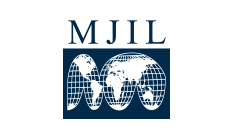Abstract
The remarkable scientific and technological developments of the past three decades have resulted in the increasing use of the "geostationary orbit.” Advances in the technology of broadcasting, meteorological reconnaissance, tracking and data relay from orbital satellites, for example, have greatly enlarged its importance. The growing number of geostationary satellites and the anticipated increases in their use have evoked widespread concerns among many less-developed countries (LDCs) about the early preemption of available orbital positions by more developed nations. Attention has focused on the question of the maximum number of satellites that can be accommodated in the orbit. Although estimates have varied widely, ranging from 180 to 1,800, a study prepared by the United Nations Secretariat correctly observed that it was "impossible" to determine precisely the number of satellites that could occupy the geostationary orbit. The Secretariat concluded, however, that it was possible to determine whether a specific satellite system, with all its physical parameters defined, would interfere with other systems.
Recommended Citation
Stephen Gorove,
Major Legal Issues Arising from the Use of the Geostationary Orbit,
5
Mich. J. Int'l L.
3
(1984).
Available at:
https://repository.law.umich.edu/mjil/vol5/iss1/1
Included in
Air and Space Law Commons, Communications Law Commons, Science and Technology Law Commons


